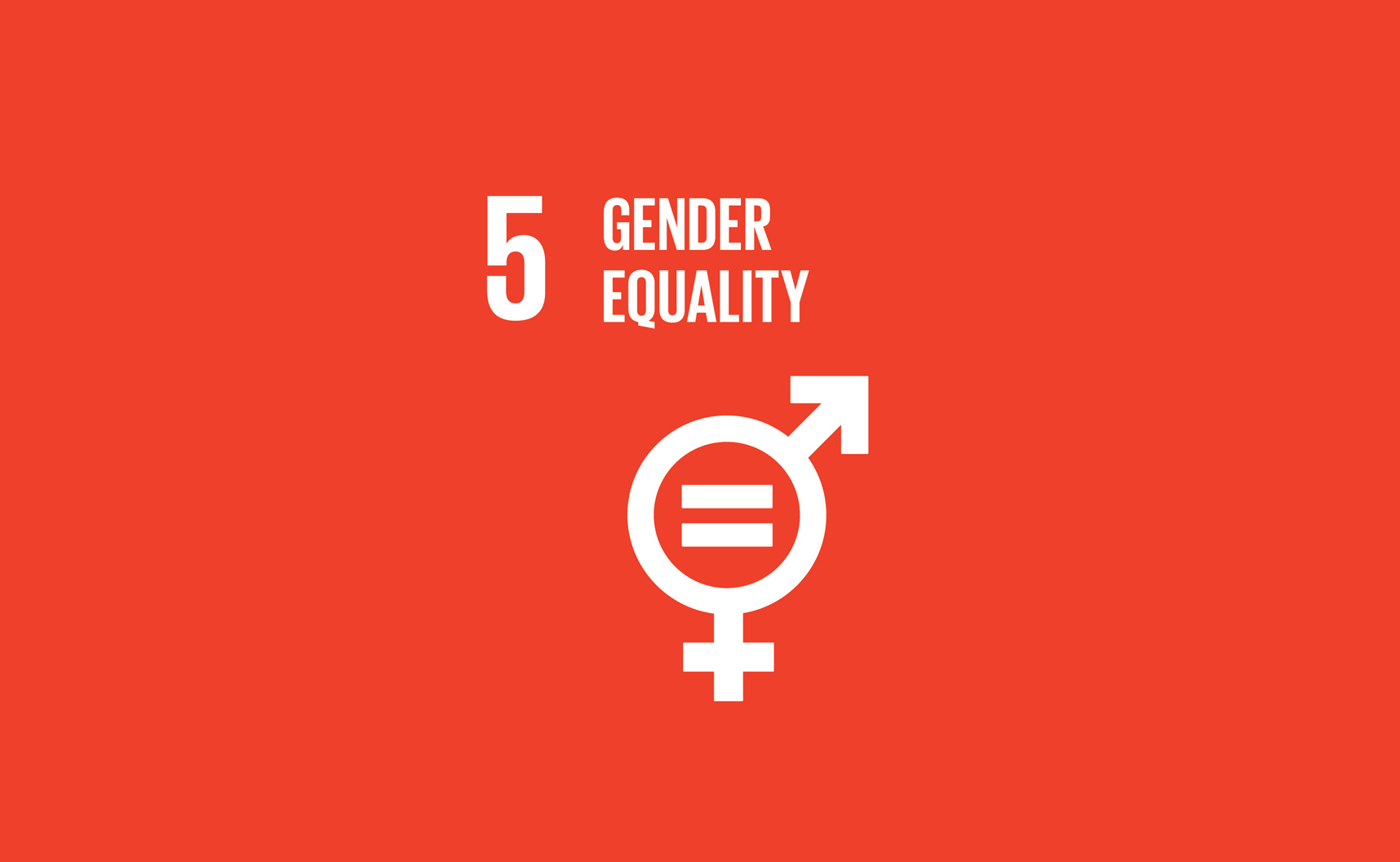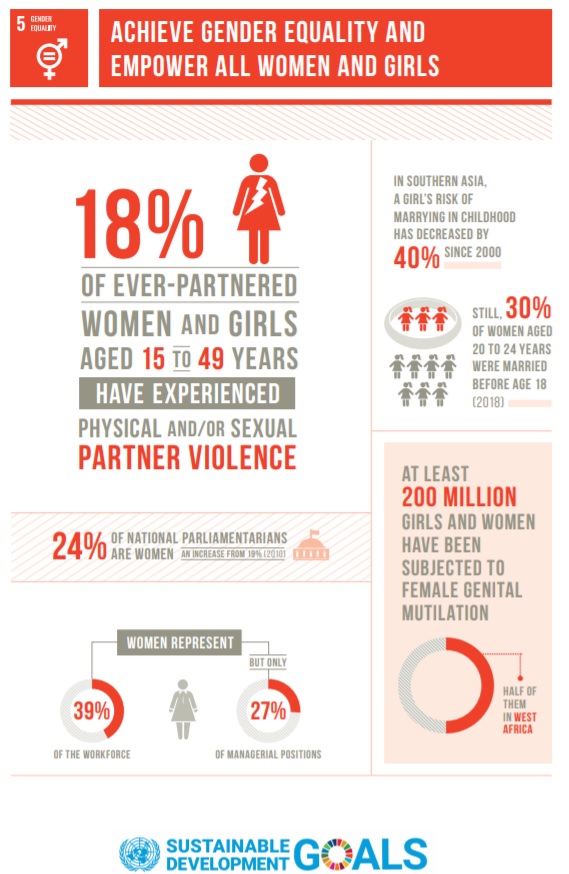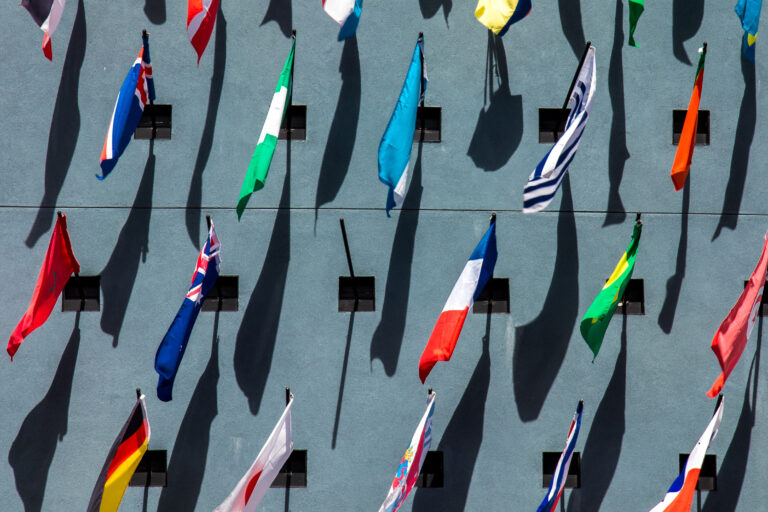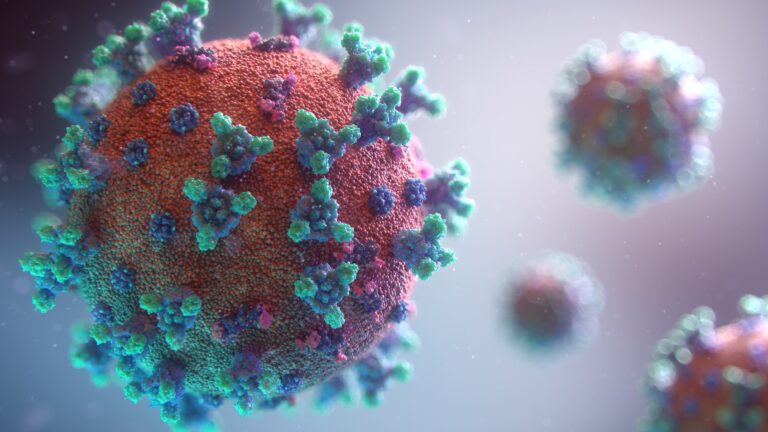Achieving gender equality and empowering all women and girls is the fifth SDG included in the 2030 Agenda for Sustainable Development

Did you ever wonder why the 17 Sustainable Development Goals are considered universal? Ensuring basic human rights implies breaking down any barriers regarding nationality, ethnicity, language, religion, sex and gender. The International Human Rights Law is very clear when it says that it is all nations’ duty to ensure security, freedom and quality of life for its population, without exception. After all, if the mission of 2030 Agenda is to secure a more prosperous, fair and sustainable world, this will only be achieved when the social, economic and political barriers that prevent the full exercise of people are eliminated.
In a smart city, the quality of life must be a guarantee for each and every citizen. For this reason, Bright Cities platform works in close partnership with public managers to transform our cities for good. Among the many inequalities that we are fighting today, one is particularly urgent since it affects half of the world’s population: the gender issue. Girls and women still face high levels of violence, lack of schooling and job insecurity – and public policies have long been addressing this problem. “Promoting gender equality and empowering women” was even one of the eight goals included in the Millennium Goals – MDG, an international agreement signed in 2000 by UN members and which had a great influence on the 2030 Agenda for Sustainable Development.
Far from being eradicated, inequality between men and women is recognized by nations around the world as one of the main challenges of our times. Occupying the fifth position among the 17 Sustainable Development Goals, SDG 5 – Gender Equality has the mission of “achieving gender equality and empowering all women and girls”. The task is complex, given that the scope of SDG 5 must be transversal to the entire 2030 Agenda: in addition to ensuring better conditions in the areas of health, education and work, the objective is especially focused in combating discrimination and violence, promoting empowerment and increasing the participation of these women in politics, economics and in various areas of decision-making.
Therefore, to better understand whether women’s rights are being guaranteed, we must know in detail if the offer of municipal services are being secured. Our platform performs a complete diagnostic in ten areas of urban management, such as health, education, entrepreneurship and innovation. To achieve these results, its innovative methodology uses 160 indicators capable of measuring and mapping the performance of cities worldwide, many of them directly aligned with SDG 5 – Gender Equality!
We listed below some of these indicators and explained why they are an important tool for managers to identify, assess and improve urban conditions towards SDG 5:
- Indicator “Percentage of female school-aged population enrolled in school”: it shows the amount of girls with access to education, one of the main rights to guarantee autonomy and female empowerment. It is aligned with goal 5.c of SDG 5: “Adopt and strengthen sound policies and enforceable legislation for the promotion of gender equality and the empowerment of all women and girls at all levels“;
- Indicator “Percentage of women employed in the city government workforce”: indicates the proportion of women who occupy political positions in a city, thus revealing the representativeness and participation of the gender in urban issues. The data is aligned with goal 5.5 of SDG 5: “Ensure women’s full and effective participation and equal opportunities for leadership at all levels of decision-making in political, economic and public life“;
- Indicator “Number of nursing and midwifery personnel”: the data collected by this indicator helps to evaluate whether the population of women in a given city has access to hospital care for childbirth and other maternity-related issues, as established by goal 5.6 of SDG 5: “Ensure universal access to sexual and reproductive health and reproductive rights as agreed in accordance with the Programme of Action of the International Conference on Population and Development and the Beijing Platform for Action and the outcome documents of their review conferences“.
Based on the information collected by these indicators, Bright Cities platform is able to carry out complete diagnostics to assess which areas still need to be improved in a given city. Understanding the urgency, the scale and the budget that public managers have at hand, smart solutions are then indicated to help and improve the quality of life of women and girls.
Among them is Pureprotect, a smartphone app for victims that identifies and alerts of proximity violations without breaching the victim’s privacy. Alerts can be set up for predefined distances and, in cases of violation, a warning can be sent to local authorities. Additionally, the app identifies offender movement and behavior patterns in order to prevent attacks.
Intelligent solutions like this are fundamental to stop the dangerous consequences of inequality between men and women, felt in different aspects of society. Regarding health, the UN says that only half of women in developing regions receive the recommended amount of health care. The numbers are also alarming while addressing education, since in 2016 women represented two thirds of the world’s illiterate adults. According to UNESCO estimates, around 16 million girls will spend their entire lives without stepping into a classroom.
Also according to the UN, gender differences are felt especially in incomes. While female workers spend up to 90% of their income on their families, among men the costs are around 30 to 40%. They also devote, on average, about three times more hours a day to unpaid care and domestic work, limiting the time available for paid work, education and leisure (reinforcing socioeconomic disadvantages).In addition, the International Labor Organization – ILO draws attention to the fact that women earn 23% less than men. The rates are even more alarming when we consider that women living in Africa, Asia and the Pacific work around 12 to 13 hours more per week than their partners, according to the International Fund for Agricultural Development – IFAD.
Violence against women is another urgent issue. According to data disclosed by the United Nations Statistical Commission, 35% of women have suffered, at some point in their lives, physical and / or sexual violence by an intimate partner, or sexual violence by an aggressor who was not their partner. Research has also shown that indigenous girls, adolescents and young women are more vulnerable to violence, aggression, labor exploitation and harassment than other girls and women.
According to the latest study released by the UN, while some indicators of gender equality are getting better results, such as the significant decline in cases of female genital mutilation and early marriage, other numbers remain high:
- Recent data from 106 countries show that 18% ever-partnered women and girls aged 15 to 49 have experienced physical and/or sexual partner violence in the previous 12 months. The prevalence is highest in least developed countries, at 24%;
- At least 200 million girls and women have been subjected to female genital mutilation. In these countries, the prevalence of this harmful practice declined by one quarter between approximately 2000 and 2018;
- While women represented 39% of world employment, only 27%t of managerial positions in the world were occupied by women in 2018. The proportion of women in management has increased since 2000 in all regions except in least developed countries;
- Only 57& of women aged 15 to 49, married or in union, make their own decisions about sexual relations and the use of contraceptives and health services;
- In 70 countries (almost a third of all countries with parliaments), women occupy less than 15% of seats in the legislative chambers.

According to the international organization, insufficient progress on structural issues is at the root of gender inequality. The biggest obstacles include dated legislation, discriminatory norms and morality, lack of decisions on sexual and reproductive issues, low levels of political participation and lack of budget for protection programs. Based on data from 69 countries, in 2018 only 13 nations fully met the criteria for implementing a tracking system that allowed measuring and making available gender budget data.
In Brazil, the lack of investments by the federal government indicates that the country is far away from reaching the goals established by SDG 5: between 2015 and 2019, the budget of the Secretariat of Women, an organ linked to the Ministry of Women, Family and Human Rights, suffered a drastic drop, falling from R$119 millions in 2015 to R$ 5.3 millions last year. Also according to IBGE, the percentage of municipalities with executive programs for women’s policies dropped from 27.5% in 2013 to 19.9% in 2018. Changes are urgent: according to data from the Ministry of Health released by Folha de S. Paulo, a woman is beaten in Brazil every four minutes.
Despite having no legal or constitutional obligations involving gender equality, municipalities are key players in reducing disparities between men and women. After all, through its political agenda, managers have the power to identify and end barriers to guarantee women’s equal access to all public services, such as education and health. It is also a city’s responsibility to maintain care and assistance networks for women victims of domestic violence. In terms of infrastructure, a municipality can also pay more attention to public spaces and public transportation, so that they represent less risk to women who circulate during times of low traffic or low light.
Because we are experts in smart cities, Bright Cities platform is committed to help managers, entrepreneurs and institutions to recognize their share of responsibility and to take concrete actions towards the goals of the SDGs. Our Smart City Solutions database is powered by more than 1000 solutions for smart cities and dozens of indicators! Here, in our News Platform, you can also check out the special content about the SDGs, where each week we address one of the 17 Goals and tell you what smart solutions suit each one of them!




